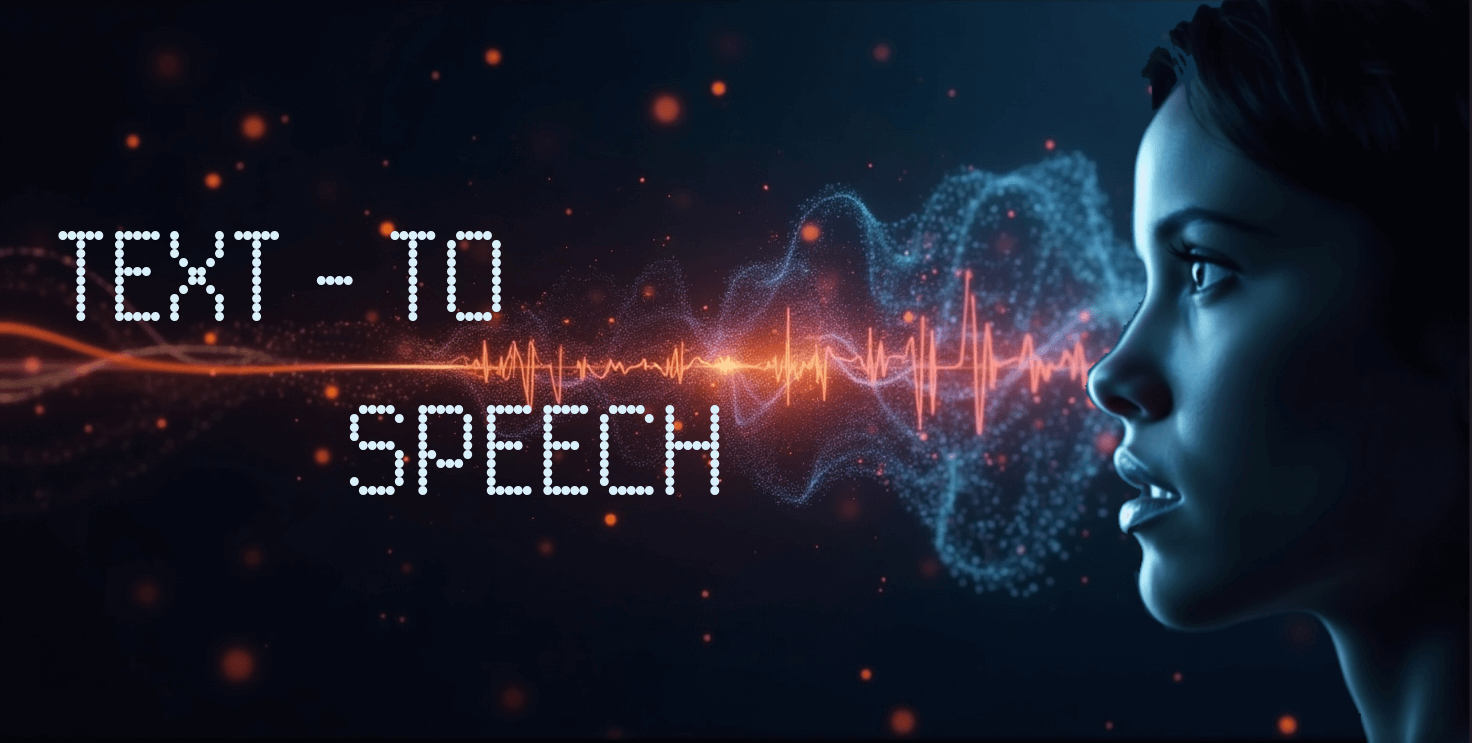Voice Generation AI is a technology that uses artificial intelligence to synthesize human-like speech from text or other inputs. It can create lifelike voices for applications like virtual assistants, customer service, narration, and content creation.
Voice Generation AI typically uses deep learning models like Tacotron, WaveNet, or Transformer-based architectures. These models are trained on large datasets of human speech to learn patterns of pronunciation, tone, emotion, and rhythm.
Virtual assistants (e.g., Siri, Alexa),
Audiobook narration,
Video game character voices,
Accessibility tools (e.g., screen readers),
Customer support bots,
Personalized marketing campaigns,
Voiceovers for videos and advertisements
Yes! Many platforms allow you to adjust:,
Gender (male, female, neutral)
Accent (American, British, Indian, etc.),
Speaking style (professional, casual, enthusiastic),
Emotional tone (happy, sad, serious),
Some systems also allow you to clone or fine-tune a voice based on custom data.
Yes, voice cloning is possible, but it usually requires permission from the person and several minutes of high-quality recorded audio to train the AI model. Voice cloning raises ethical and legal considerations, so it's important to use it responsibly.
State-of-the-art models can produce voices that are almost indistinguishable from real humans in terms of pronunciation, tone, and emotional nuance. However, minor artifacts or unnatural phrasing can sometimes occur, especially with complex sentences or unfamiliar languages.
Yes! we offer real-time or near real-time capabilities, meaning there is minimal delay between input and output — ideal for live applications like voice assistants or streaming narration.
Most platforms support a wide range of languages and dialects, including but not limited to:
English,
Spanish,
French,
German,
Hindi Language coverage depends on the platform and the model's training data.

